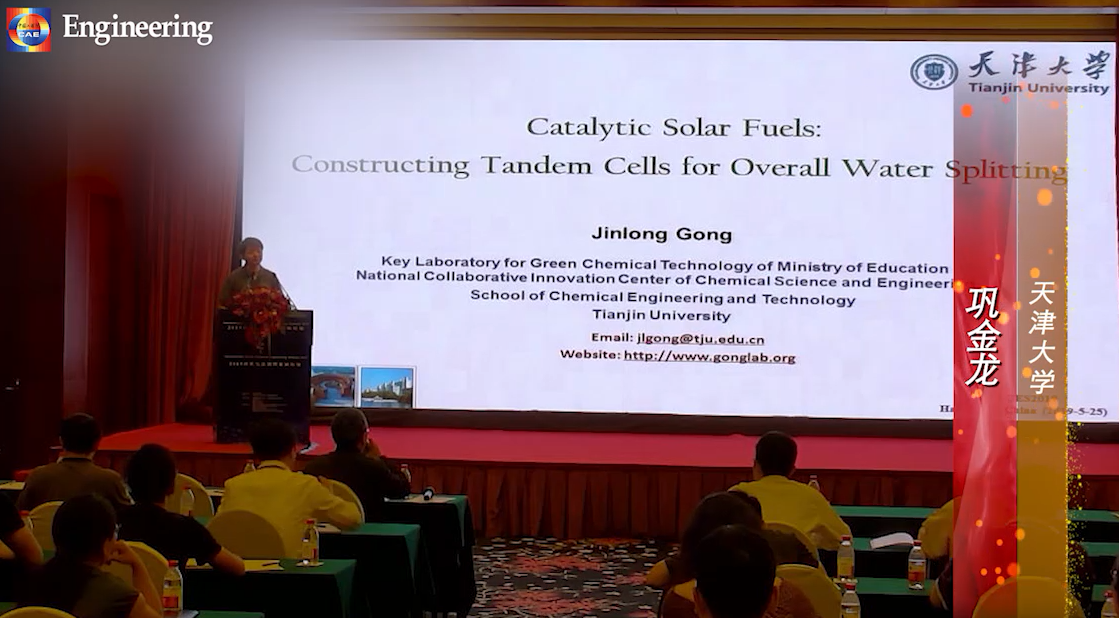检索范围:
排序: 展示方式:
Ternary phase behavior of water microemulsified diesel-palm biodiesel
Nurul Atiqah Izzati MD ISHAK,Ismail Ab RAMAN,Mohd Ambar YARMO,Wan Mohd Faizal WAN MAHMOOD
《能源前沿(英文)》 2015年 第9卷 第2期 页码 162-169 doi: 10.1007/s11708-015-0355-9
关键词: palm methyl ester palm oil biodiesel microemulsion water microemulsified fuels
Seyed Saeed HOSEINI, Mohammad Amin SOBATI
《能源前沿(英文)》 2019年 第13卷 第4期 页码 636-657 doi: 10.1007/s11708-019-0646-7
关键词: water in diesel emulsion fuel hydrophilic-lipophilic balance (HLB) response surface methodology (RSM) emulsion stability engine performance exhaust emission
《化学科学与工程前沿(英文)》 2022年 第16卷 第6期 页码 819-837 doi: 10.1007/s11705-021-2122-2
关键词: gelled fuels high-energy-density fuels rheological properties atomization combustion
Dawid P. Hanak, Vasilije Manovic
《化学科学与工程前沿(英文)》 2020年 第14卷 第3期 页码 453-459 doi: 10.1007/s11705-019-1892-2
关键词: carbon capture energy storage renewable energy sources decarbonisation fossil fuels
Oxidative desulfurization of fuels using ionic liquids: A review? ?
Hua Zhao,Gary A. Baker
《化学科学与工程前沿(英文)》 2015年 第9卷 第3期 页码 262-279 doi: 10.1007/s11705-015-1528-0
关键词: oxidative desulfurization ionic liquids extraction fuels petroleum polyoxometalates
Catalytic cracking of endothermic fuels in coated tube reactor
LI Jia, ZOU Jijun, ZHANG Xiangwen, GUO Wei, MI Zhentao
《化学科学与工程前沿(英文)》 2008年 第2卷 第2期 页码 181-185 doi: 10.1007/s11705-008-0032-1
关键词: HZSM-5 self-made ceramic-like gas-aided Conversion Suspensoid
Deep desulfurization of diesel fuels by catalytic oxidation
YU Guoxian, CHEN Hui, LU Shanxiang, ZHU Zhongnan
《化学科学与工程前沿(英文)》 2007年 第1卷 第2期 页码 162-166 doi: 10.1007/s11705-007-0030-8
关键词: organosulfur compound performic presence activated hydrogen peroxide
Extractive desulfurization of model fuels with a nitrogen-containing heterocyclic ionic liquid
《化学科学与工程前沿(英文)》 2022年 第16卷 第12期 页码 1735-1742 doi: 10.1007/s11705-022-2167-x
关键词: extractive desulfurization nitrogen-containing heterocyclic ionic liquid reduced density gradient analysis desulfurization selectivity
A comparative study of particle size distribution from two oxygenated fuels and diesel fuel
Xiaoyan SHI, Kebin HE, Jie ZHANG, Yongliang MA, Yunshan GE, Jianwei TAN,
《环境科学与工程前沿(英文)》 2010年 第4卷 第1期 页码 30-34 doi: 10.1007/s11783-010-0011-x
关键词: oxygenated fuel diesel particulate matter particle size distribution biofuel
Sainab Omar, Suzanne Alsamaq, Yang Yang, Jiawei Wang
《化学科学与工程前沿(英文)》 2019年 第13卷 第4期 页码 702-717 doi: 10.1007/s11705-019-1861-9
关键词: bio-oil blending supercritical upgrading characterisation
WU Rui, LI Guangyi, ZHANG Zongyi, REN Yulong, HAN Weijian
《环境科学与工程前沿(英文)》 2007年 第1卷 第3期 页码 292-298 doi: 10.1007/s11783-007-0049-6

Review of the direct thermochemical conversion of lignocellulosic biomass for liquid fuels
Jianchun JIANG,Junming XU,Zhanqian SONG
《农业科学与工程前沿(英文)》 2015年 第2卷 第1期 页码 13-27 doi: 10.15302/J-FASE-2015050
关键词: lignocellulosic biomass thermochemical liquid fuels upgrading biofuels
Dmitry S. STREBKOV
《农业科学与工程前沿(英文)》 2015年 第2卷 第1期 页码 1-12 doi: 10.15302/J-FASE-2015052
关键词: fossil fuels biofuels food security electric power solar energy
Hollow-fiber gas penetration electrodes efficiently produce renewable synthetic fuels
《能源前沿(英文)》 2022年 第16卷 第5期 页码 700-705 doi: 10.1007/s11708-022-0842-8
标题 作者 时间 类型 操作
Ternary phase behavior of water microemulsified diesel-palm biodiesel
Nurul Atiqah Izzati MD ISHAK,Ismail Ab RAMAN,Mohd Ambar YARMO,Wan Mohd Faizal WAN MAHMOOD
期刊论文
Performance and emission characteristics of a diesel engine operating on different water in diesel emulsionfuels: optimization using response surface methodology (RSM)
Seyed Saeed HOSEINI, Mohammad Amin SOBATI
期刊论文
Review on design, preparation and performance characterization of gelled fuels for advanced propulsion
期刊论文
Linking renewables and fossil fuels with carbon capture via energy storage for a sustainable energy future
Dawid P. Hanak, Vasilije Manovic
期刊论文
Catalytic cracking of endothermic fuels in coated tube reactor
LI Jia, ZOU Jijun, ZHANG Xiangwen, GUO Wei, MI Zhentao
期刊论文
Deep desulfurization of diesel fuels by catalytic oxidation
YU Guoxian, CHEN Hui, LU Shanxiang, ZHU Zhongnan
期刊论文
A comparative study of particle size distribution from two oxygenated fuels and diesel fuel
Xiaoyan SHI, Kebin HE, Jie ZHANG, Yongliang MA, Yunshan GE, Jianwei TAN,
期刊论文
Production of renewable fuels by blending bio-oil with alcohols and upgrading under supercritical conditions
Sainab Omar, Suzanne Alsamaq, Yang Yang, Jiawei Wang
期刊论文
Life cycle analysis and choice of natural gas-based automotive alternative fuels in Chongqing Municipality
WU Rui, LI Guangyi, ZHANG Zongyi, REN Yulong, HAN Weijian
期刊论文
巩金龙:催化太阳能燃料:构建串联电池,实现水的整体分解(2019年5月24日)
2021年04月22日
会议视频
Review of the direct thermochemical conversion of lignocellulosic biomass for liquid fuels
Jianchun JIANG,Junming XU,Zhanqian SONG
期刊论文








